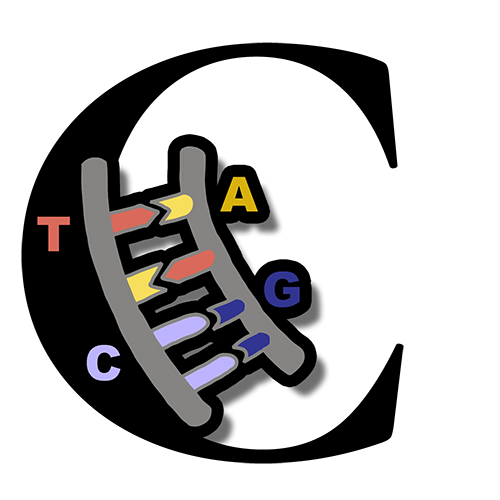In the context of molecular biology and protein structure, “conformational” refers to the different shapes or arrangements that a molecule or protein can adopt. Proteins, like the Cas9 protein, are composed of long chains of amino acids that fold and twist into specific three-dimensional structures.
A protein’s conformation is determined by the sequence of its amino acids and influenced by various factors such as the presence of specific chemical groups, hydrogen bonding, electrostatic interactions, and hydrophobic interactions. These factors contribute to the protein’s stability and functionality.
Proteins can have multiple conformations, and these different conformations can be associated with different biological functions or activities. Changes in a protein’s conformation can be triggered by various factors, including binding to other molecules, changes in temperature, pH, or the presence of specific ligands or substrates.
In the case of the Cas9 protein in the CRISPR system, it undergoes a conformational change upon binding to the guide RNA (gRNA) and recognizing the target DNA sequence. This conformational change activates the nuclease activity of the Cas9 protein, allowing it to cleave the DNA at the specified location.
Understanding the conformational changes of proteins is crucial for studying their functions, interactions with other molecules, and designing targeted interventions. Techniques such as X-ray crystallography, NMR spectroscopy, and molecular dynamics simulations are used to study and visualize protein conformations at atomic resolution.
Simpler explanation
Think of a protein’s conformation as the way it folds and twists, similar to how origami paper can be folded into different shapes. Each amino acid in the protein chain is like a small fold or crease in the origami paper. The specific arrangement of these folds determines the final three-dimensional structure of the protein, just like the final shape of the origami creation.
Now, let’s imagine that the protein is a flexible robot arm. The different conformations it can adopt represent different arm positions and configurations. Just as the robot arm can bend, extend, or rotate at various joints, a protein can have distinct shapes and arrangements.
When the Cas9 protein in the CRISPR system undergoes a conformational change, it’s like the robot arm transitioning from one position to another. In this case, the robot arm receives a signal from its control system (the guide RNA) indicating the desired location for the arm to move. As a result, the arm adjusts its joints and switches to a new configuration, allowing it to perform a specific task at the designated spot.
Similarly, the Cas9 protein changes its shape when it binds with the guide RNA and recognizes the target DNA sequence. This conformational change activates its “nuclease activity,” acting like the robot arm grasping a tool or performing a specific function. The modified shape of the Cas9 protein enables it to precisely cut the DNA at the desired location, just as the adjusted robot arm can now manipulate objects or perform a specific action.
Now we can grasp the concept of conformational changes in proteins, understanding how their shape-shifting abilities allow them to carry out specific tasks within living organisms.
